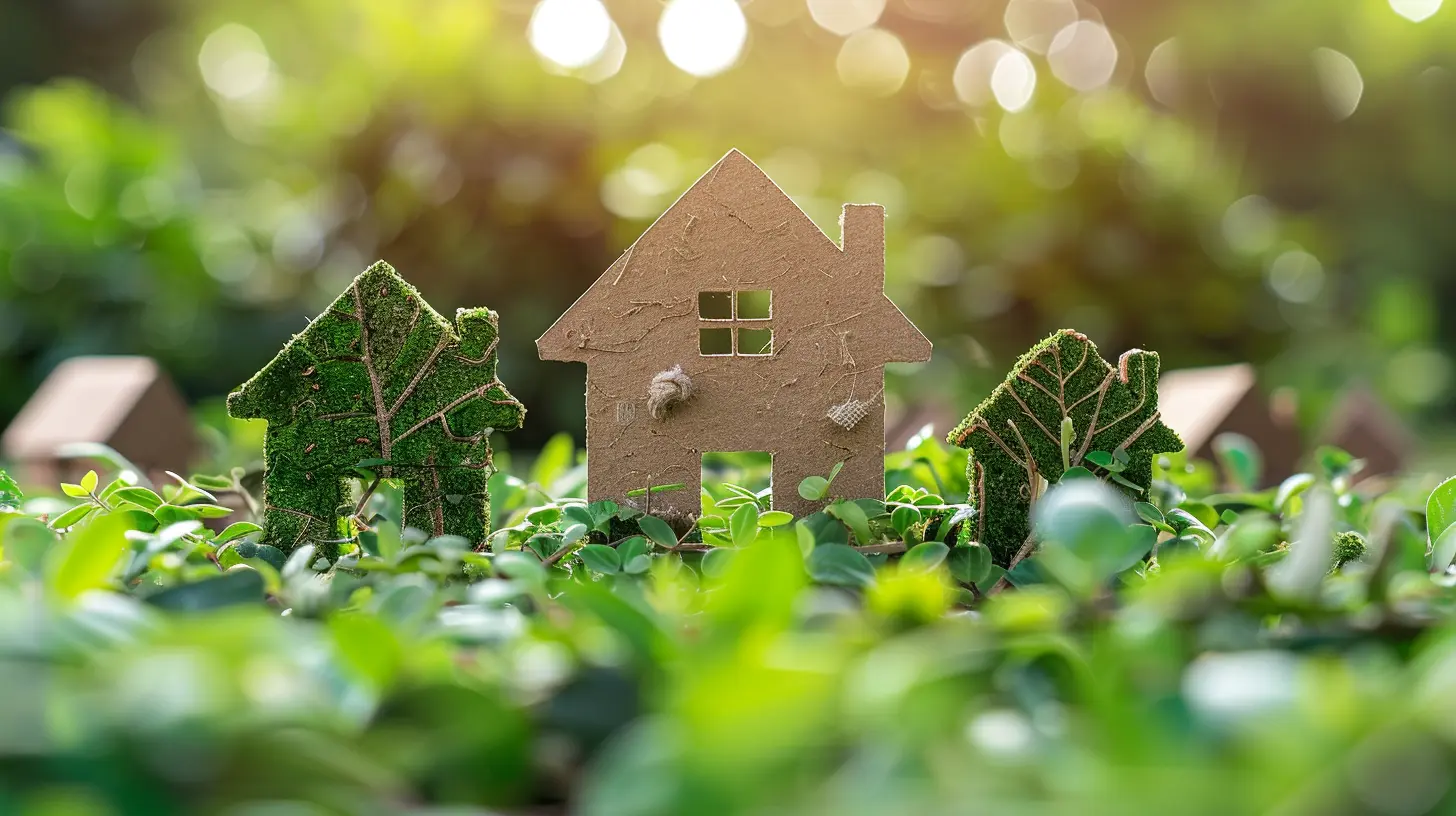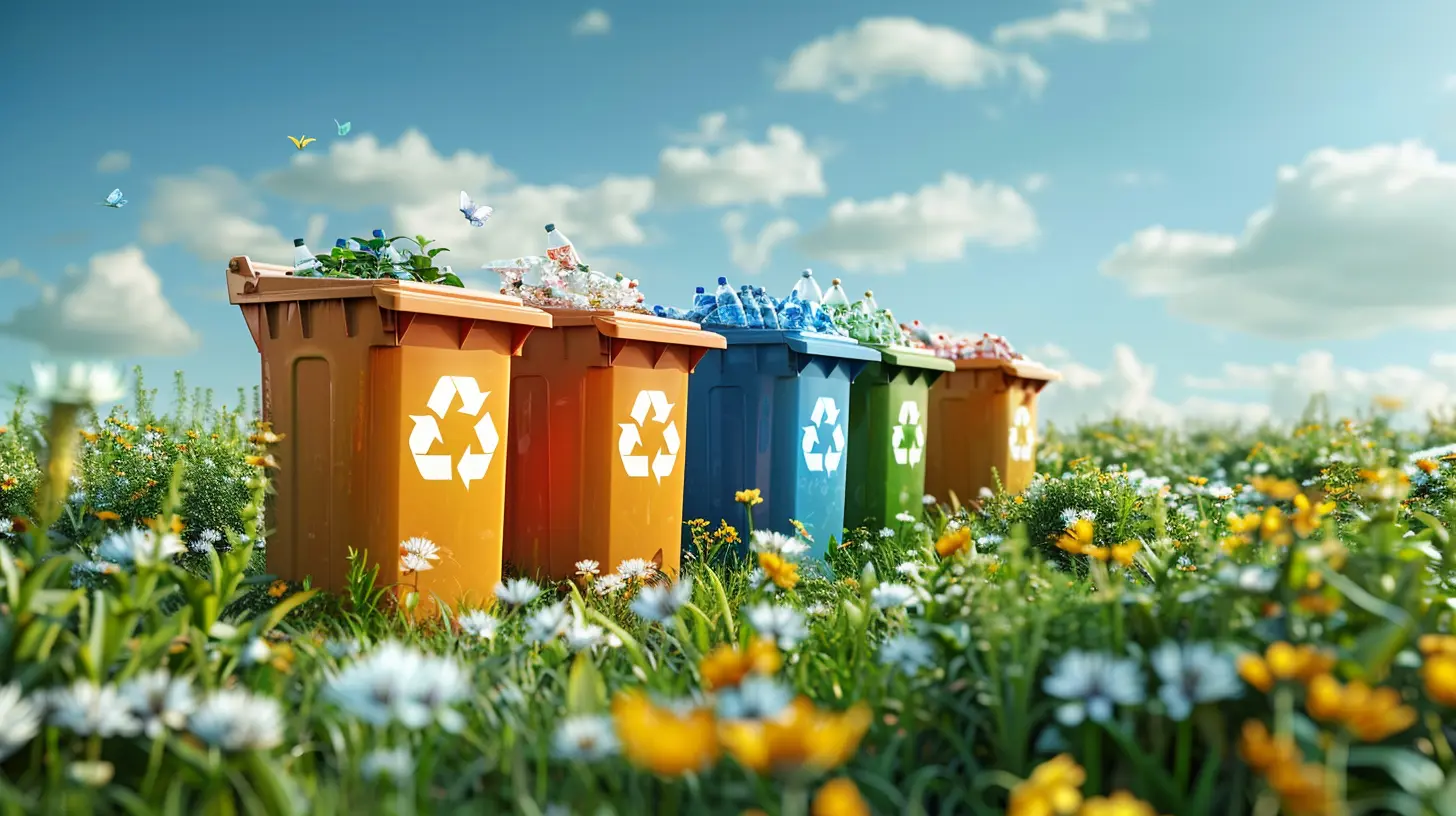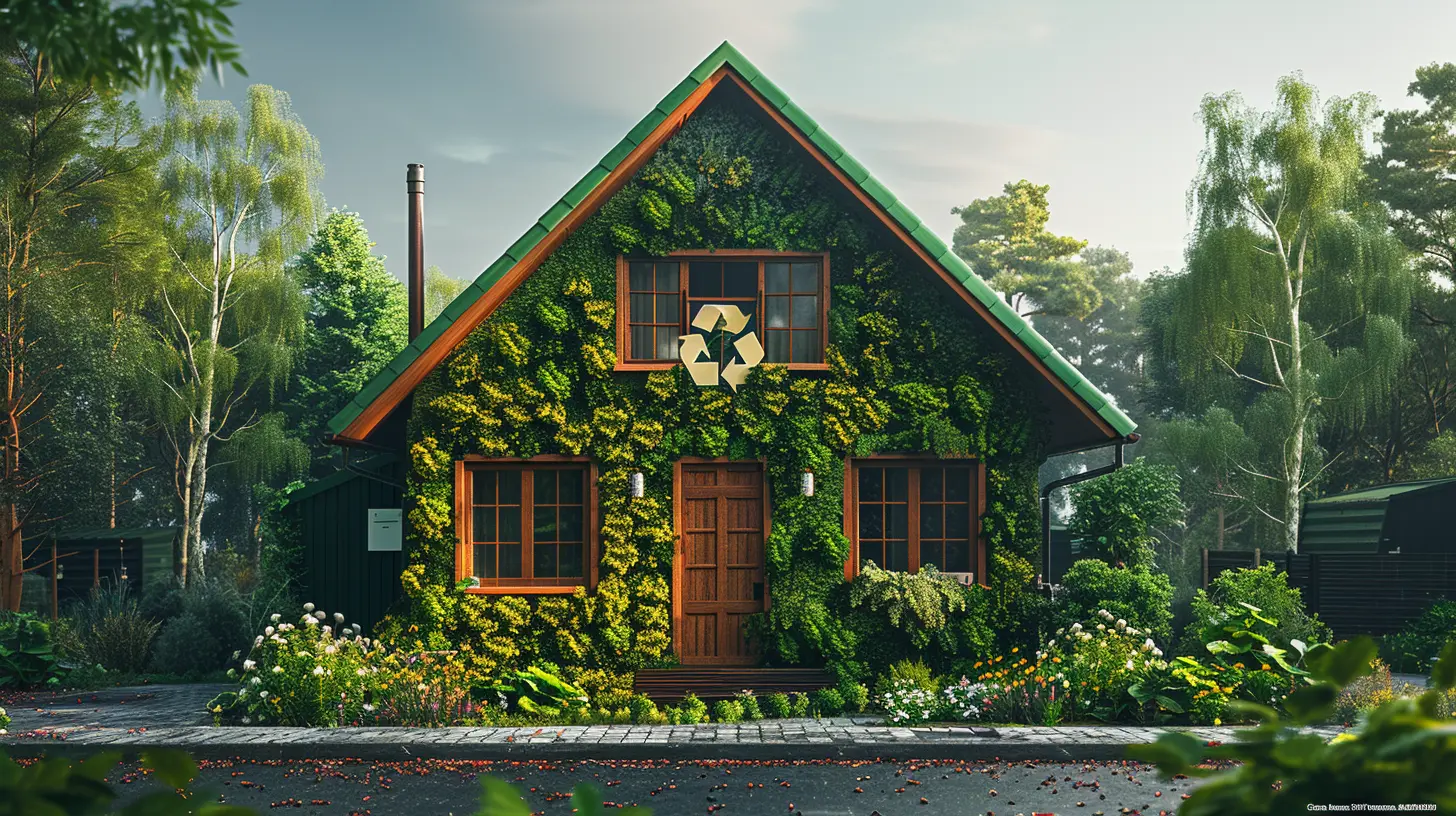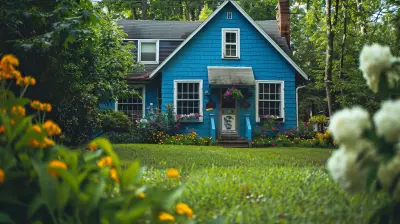Waste Reduction Strategies for Sustainable Homes
9 June 2025
Sustainability isn’t just a buzzword—it’s a lifestyle. And what better place to start than in our own homes? Every day, we create waste without even thinking about it. From leftover food scraps to unnecessary packaging, our trash piles up quickly. But guess what? We can change that.
Reducing waste at home doesn’t have to be a hassle. It’s all about making small, mindful changes that add up over time. In this guide, we’ll explore effective waste reduction strategies that will help you create a more sustainable home. Let’s dive in! 
Why Waste Reduction Matters
Before we jump into solutions, let’s talk about why this matters. Waste isn’t just an eyesore—it’s a problem that affects the environment and future generations. Landfills are overflowing, oceans are polluted, and natural resources are running low.By making conscious choices, we can:
- Cut down on pollution
- Conserve natural resources
- Reduce greenhouse gas emissions
- Save money (because less waste means buying only what we need!)
Now that we’ve covered the "why," let’s move on to the "how." 
1. Embrace the 5 R’s: Refuse, Reduce, Reuse, Recycle, Rot
You’ve probably heard of "Reduce, Reuse, Recycle," but let’s take it a step further with the 5 R’s approach:Refuse
The best way to reduce waste? Don’t create it in the first place. Say no to things you don’t need, like plastic straws, single-use bags, and unnecessary packaging.Reduce
Buy less, use less. Simple as that. Stick to essentials and choose quality over quantity. Opt for products with minimal or no packaging.Reuse
Before tossing something out, consider if it can be used again. Glass jars, old clothes, and even furniture can find new life with a bit of creativity.Recycle
When you can’t refuse, reduce, or reuse, make sure you recycle properly. Check local recycling guidelines to avoid contamination.Rot (Compost)
Organic waste doesn’t belong in landfills—it belongs in compost! Composting kitchen scraps and yard waste reduces methane emissions and creates nutrient-rich soil.
2. Cut Down on Food Waste
Food waste is a huge problem. In fact, nearly one-third of all food produced globally goes to waste. But here’s the good news: we can fix this!Plan Your Meals
Ever bought groceries with zero plans for what to cook? That’s a recipe for waste. Meal planning helps you buy only what you need and use up ingredients before they spoil.Store Food Properly
A lot of food goes bad because it’s stored the wrong way. Keep fruits and veggies in the right conditions, and freeze leftovers before they spoil.Get Creative with Leftovers
Got extra rice, veggies, or chicken? Turn them into stir-fries, soups, or casseroles. Leftovers don’t have to be boring!Compost Scraps
Peels, coffee grounds, eggshells—these don’t belong in the trash. Toss them into a compost bin instead.
3. Ditch Single-Use Plastics
Plastic waste is everywhere. From food packaging to water bottles, we rely on plastic way too much. But breaking the habit isn’t as hard as it seems.Swap Out Everyday Plastic Items
Here are some easy swaps to cut down on plastic:- Reusable bags instead of plastic bags
- Stainless steel or glass water bottles instead of disposable ones
- Beeswax wraps instead of plastic wrap
- Cloth napkins instead of paper napkins
Shop in Bulk
Many stores offer bulk bins where you can bring your own containers. Not only does this save packaging waste, but it’s often cheaper too!Say No to Plastic Straws and Cutlery
Keep a reusable straw and set of utensils in your bag. That way, you won’t need the flimsy plastic ones.4. Adopt a Minimalist Mindset
More stuff = more waste. Living sustainably means being intentional with what we buy and own.Buy Only What You Need
Impulse purchases often end up as clutter. Before buying something new, ask yourself: “Do I really need this?”Invest in Quality
Cheap, low-quality items wear out fast and end up in the trash. Invest in durable products that last.Donate or Sell Unused Items
Decluttering? Instead of tossing things away, donate or sell what you no longer need. Someone else might find value in what you no longer use.5. Switch to Sustainable Cleaning Products
Traditional cleaning products often come in plastic bottles and contain harmful chemicals. Time for an upgrade!Opt for Natural Cleaning Solutions
White vinegar, baking soda, and lemon juice can tackle most cleaning tasks without harming the environment.Refill Instead of Rebuying
Many stores now offer refill stations for cleaning products. Bring your own container and reduce packaging waste.Make Your Own Cleaning Products
DIY cleaning products are easy to make and just as effective. For example, mix vinegar and water for an all-purpose cleaner.6. Reduce Energy and Water Waste
Sustainability isn’t just about waste—it’s also about conserving resources like water and energy.Use Energy-Efficient Appliances
Look for Energy Star-certified appliances that use less power. Switching to LED bulbs also makes a big difference.Unplug Electronics When Not in Use
Even when turned off, electronics consume power if they’re plugged in. Unplugging or using a power strip can cut down energy waste.Limit Water Waste
Fix leaks, install low-flow faucets, and turn off the tap when brushing your teeth. Every drop counts!7. Choose Eco-Friendly Home Goods
Everyday household items can be swapped for more sustainable alternatives.Sustainable Toilet Paper and Paper Towels
Look for brands that use recycled materials or bamboo. Even better? Try reusable cloth towels instead.Eco-Friendly Mattresses and Furniture
Many companies now offer furniture and mattresses made from sustainable materials like organic cotton and natural latex.Non-Toxic Paints and Finishes
If you’re redecorating, choose low-VOC (volatile organic compounds) paints that don’t release harmful chemicals into the air.Final Thoughts
Living in a sustainable home isn’t about perfection—it’s about progress. Small changes make a big difference over time. Whether you start by composting, switching to reusable products, or cutting down on plastic, every effort helps protect our planet.So, what’s your first step toward a waste-free home? Pick one strategy and start today. The earth (and future generations) will thank you!
all images in this post were generated using AI tools
Category:
Sustainable HousingAuthor:

Travis Lozano
Discussion
rate this article
3 comments
Uriah Brown
This article offers valuable insights into waste reduction strategies essential for sustainable homes. Implementing these practices not only minimizes environmental impact but also promotes a healthier living space. Thank you for highlighting the importance of mindful consumption in real estate; it's a crucial step towards a more sustainable future.
June 14, 2025 at 3:25 AM

Travis Lozano
Thank you for your thoughtful comment! I'm glad you found the insights valuable and agree on the importance of mindful consumption in creating sustainable homes.
Candice Castillo
Great insights on waste reduction for sustainable homes! Implementing these strategies not only benefits the environment but also enhances the overall efficiency and comfort of living spaces. Let's build a greener future together!
June 13, 2025 at 11:30 AM

Travis Lozano
Thank you! I'm glad you found the insights valuable. Together, we can definitely make a positive impact on our environment and enhance our living spaces!
Lillian Cross
In homes where whispers of nature sing, Waste finds a dance, a gentle fling. Sustainable dreams, crafted with care, Echo in walls, the earth's love we share. Embrace the art of mindful living, For a greener tomorrow, our hearts are giving.
June 11, 2025 at 2:33 AM

Travis Lozano
Thank you for capturing the essence of mindful living! Your poetic words beautifully reflect the importance of sustainability in our homes. Together, we can create a greener future.



